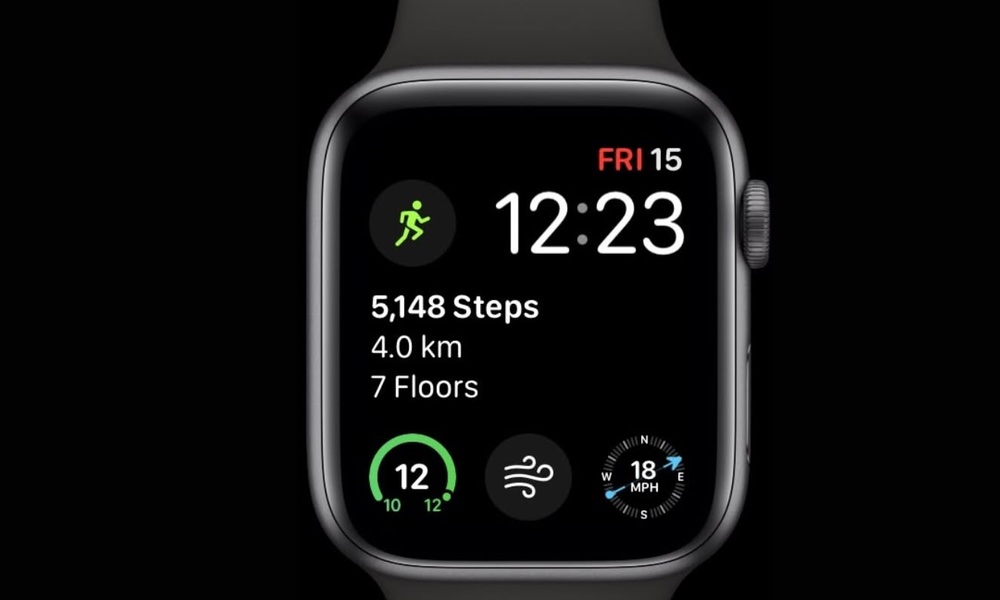Disciplining children when they misbehave can be tricky. Parents may try yelling, spanking, removing privileges, threatening and reasoning. Sometimes it seems that nothing works; the bad behaviors keep recurring despite punishment.
One tried and true method is the time out. Time outs have been shown to be an effective response, both at the time a child does something wrong, and as a means to prevent bad behaviors from happening again.
Time outs can be used with children as young as one year old. Implementing them takes knowledge, patience, and consistency, however. Sometimes parents try a time out, find it ineffective and resort to other methods.
A recent study that looked at parents' skills when it came to setting up a time out found they were pretty dismal. The researchers set out to tease out what makes time outs work for some and fail for others.
The researchers studied 308 parents with children between 15 months and 10 years of age. They asked them about their use of time outs and their satisfaction with the method. Almost 77% of the parents in the study had used them, with almost 70% endorsing it as usually or always effective.Time outs have been shown to be an effective response, both at the time a child does something wrong, and as a means to prevent bad behaviors from happening again.
Most parents used a time out in response to aggression and destructive behaviors. When parents used time out for other bad behaviors, their satisfaction with the method appeared to be higher.
When parents were asked about the specific way they implemented the steps of a time out, almost 85% reported one or more procedural missteps. In short, lots of parents were doing it wrong.
The most common mistakes were: giving the child multiple warnings; talking to the child during the time out; allowing the child to have interesting stimuli during the time out such as books, toys, etc.; and placing the child where he or she could see other people during a time out.
When parents followed the guidelines (described below), they had more success with the strategy and reported more satisfaction with the results. Those parents who found a time out to be successful were more likely to view it as a way for the child to think about bad behavior and to stop bad behavior from happening in the future.Parents should comment positively when the child behaves well, rather than solely reacting to their bad behavior.
Many parents use time out, but the researchers found their understanding and implementation of the steps in a time out were highly variable, which can make the time out strategy ineffective. They urge health care providers to provide parents of young children with more counseling.
1. A time out should start immediately following the misbehavior. The parent or other adult should briefly label the misbehavior. They should avoid repeated warnings or long explanations. Time outs should be used consistently for punishable misbehaviors.
3. A time out should continue for a minimum duration determined by the adult. Often the recommendation is one minute per year of life for preschool children. Longer durations do not improve the effectiveness of time outs.
4. The child may not shorten or end the time out period by misbehaving or attempting to escape. If the time out is not over, the child should be returned to the time out location with a minimum of verbal and physical interaction from the parents. Again, safety is the first priority.
5. Parents should ignore yelling, crying, wiggling, etc., as long as safety is assured.
6. The parent should demand the child be calm before ending time out.
7. The time out should end with a brief statement reaffirming the reason for the time out and an acknowledgement that the person giving the time out is happy that the child is now calm.
Time out should be used in conjunction with acknowledgment and positive reinforcement of good behavior, sometimes called “time in.” Parents should comment positively when the child behaves well, rather than solely reacting to their bad behavior.
Disciplining children is an important and challenging part of being a parent. Parents who are having difficulty disciplining their children or have questions about implementing a time out successfully may want to discuss these issues with their health care provider or a behavioral therapist.
The study is published in Academic Pediatrics.





